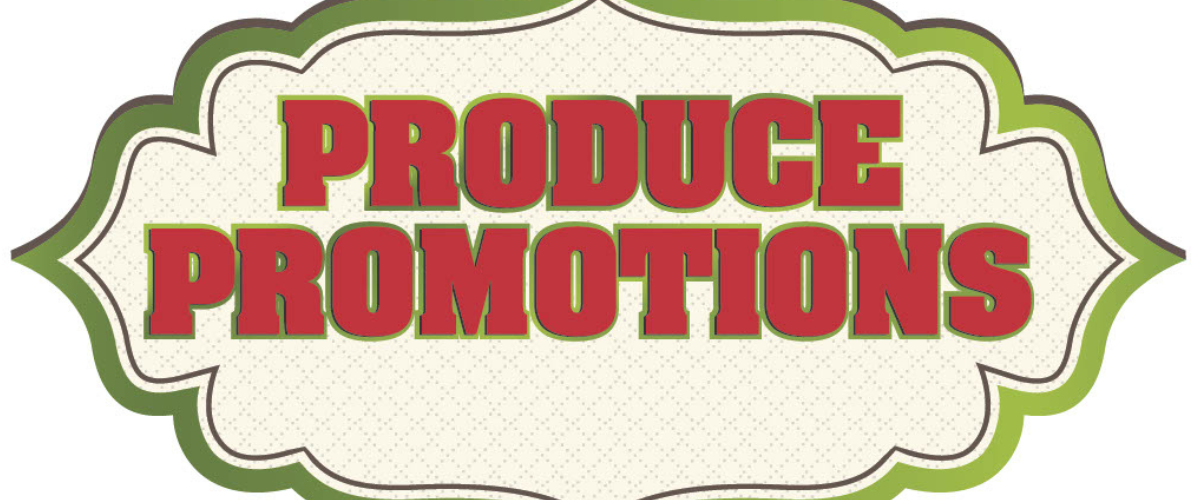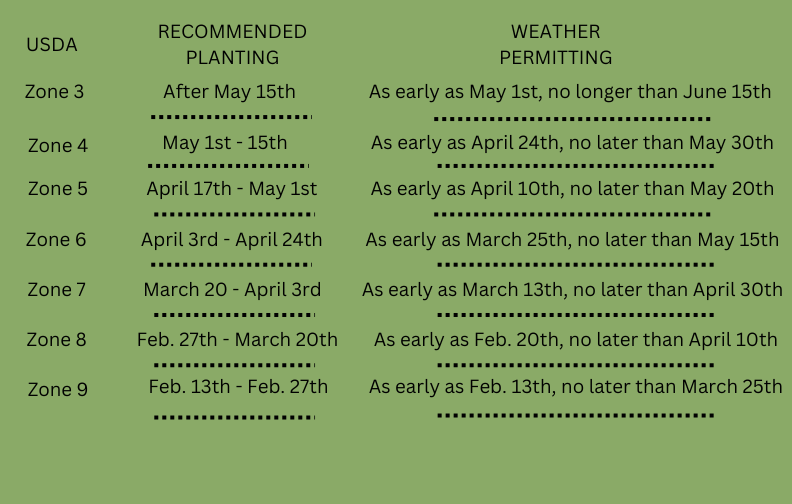| Quantity | Price |
| 1-9 | $12.60 |
| 10 + | $11.85 |
One of the most popular varieties for gardeners and commercial growers alike, with very sweet and flavorful fruit, the skin is green and develops a purple-red blush in the sun about the size of a large grape.
Bloom Time: May Ripening Time: September-October.





